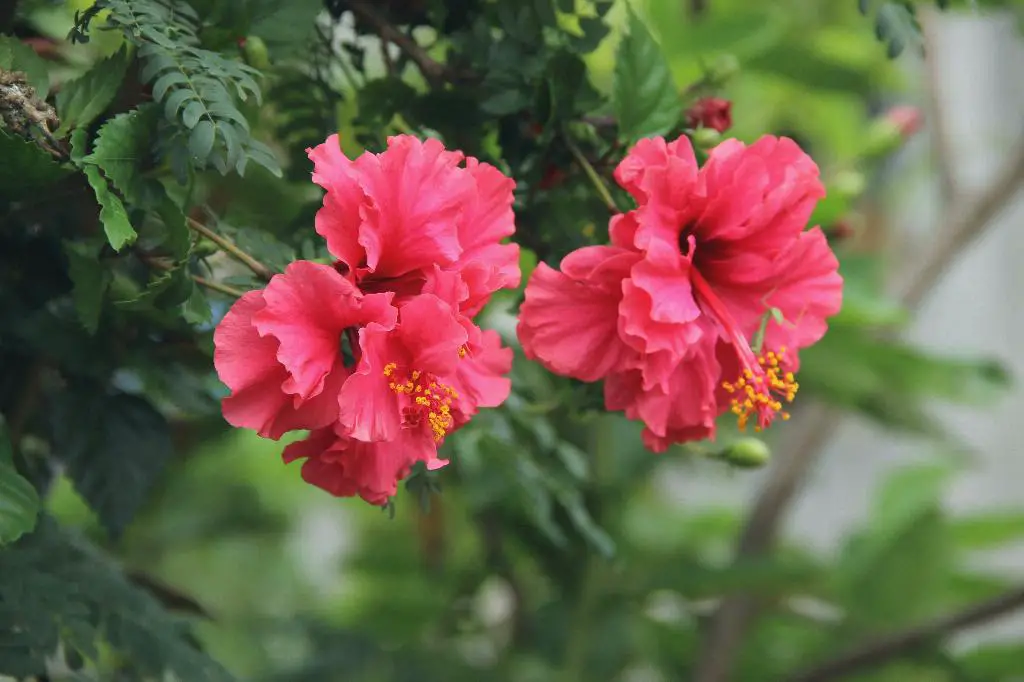When delving into the intriguing world of herbal and floral beverages, it’s important to clarify the distinction between sorrel and hibiscus. Sorrel, commonly known as the Roselle, represents a particular variety of the hibiscus flower. The Roselle, scientifically referred to as Hibiscus sabdariffa, embodies a unique cultural significance in various regions around the globe.
The Origin Story
Originating in Africa, the Roselle plant has traversed continents, captivating taste buds and hearts alike. Known by a multitude of names including bissap, zobo, and agua de Jamaica, this vibrant flower serves as the foundation for a diverse range of traditional beverages.
Flavor Profiles
One of the key distinguishing factors between sorrel and generic hibiscus lies in their flavor profiles. The dried sepals of the Roselle flower, when infused with hot water, yield a rich red liquid imbued with a delightful tartness, setting it apart from conventional hibiscus.
Cultural Significance
Sorrel, specifically in the Caribbean, occupies a revered status as a holiday staple, often enjoyed during festive occasions. Its deep crimson hue and tangy taste evoke memories of joyous gatherings and familial celebrations.
Health Benefits
Beyond its culinary allure, sorrel boasts a plethora of health benefits. Rich in antioxidants and vitamin C, this herbal elixir not only delights the palate but also nourishes the body, promoting overall wellness.
Versatility in Usage
Both sorrel and hibiscus offer a versatile canvas for culinary experimentation. From refreshing beverages to decadent desserts, these floral wonders lend themselves to a myriad of creative applications in the kitchen.
The Myth of Interchangeability
While sorrel and hibiscus share botanical origins, they are not interchangeable in culinary contexts. Each possesses a distinct flavor profile and cultural significance that distinguishes them from one another.
Taste Test
Conducting a taste test with sorrel-infused beverages and classic hibiscus concoctions can reveal the nuanced differences between the two floral essences. Paying attention to subtle notes of tartness and sweetness can help in identifying each variant.
Global Influence
The global influence of sorrel and hibiscus transcends geographical boundaries, weaving together a tapestry of culinary traditions and herbal remedies. From the Caribbean to Africa, these floral gems leave an indelible mark on diverse cultures.
Culinary Delights
Exploring the realm of sorrel-infused cuisine unveils a treasure trove of culinary delights. From sorrel punch to hibiscus tea, the possibilities for creating delectable dishes are as vast as the petals of these exquisite flowers.

In Conclusion
In conclusion, while sorrel and hibiscus belong to the same botanical family, they manifest as distinct entities with unique characteristics. Sorrel, with its tangy allure and cultural resonance, stands as a testament to the rich tapestry of flavors found in nature’s bounty.
